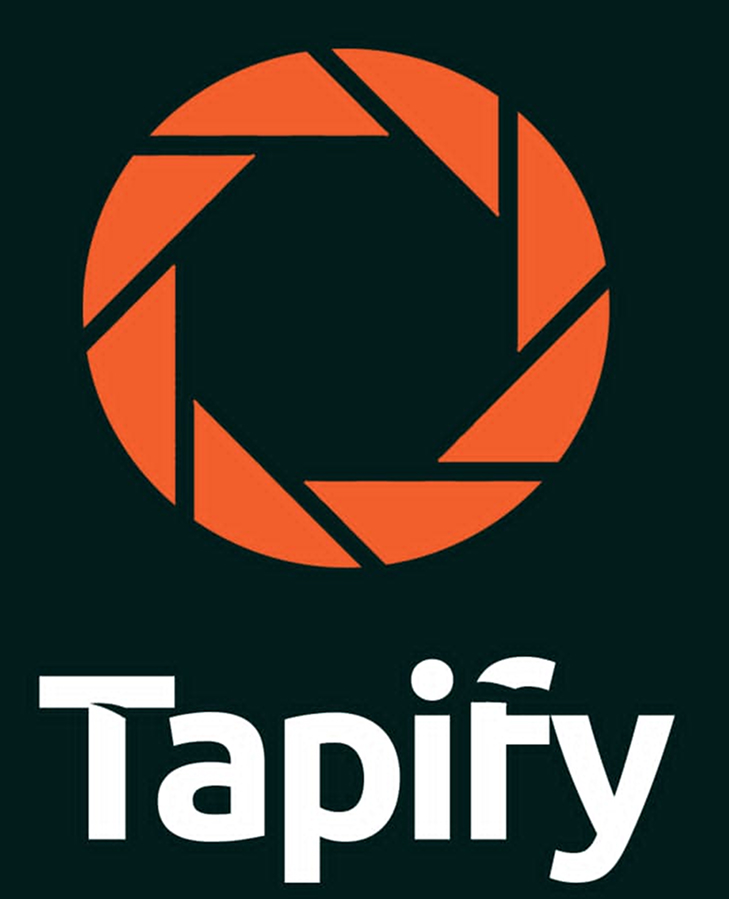
Adebola Adesina
Creator Data Strategist
Most creators track basic metrics like followers, likes, and comments. While these provide some insight, they don't tell the complete story of your creator business. To make truly data-driven decisions, you need more sophisticated analytics.
Based on data from 10,000+ creators on Tapify, these seven advanced metrics correlate most strongly with sustainable creator success.
What It Is: The percentage of your followers who actively engage with your content.
How to Calculate: (Average Engagements Per Post ÷ Total Followers) × 100
Why It Matters: EFR reveals your audience's true activation level. A creator with 10,000 followers and 500 average engagements (5% EFR) has a more valuable audience than a creator with 50,000 followers and 1,000 average engagements (2% EFR).
Healthy Range: 3-7% across platforms
Platform Variations:
Improvement Strategies:
What It Is: The percentage of content viewers who take a desired action, segmented by different types of content.
How to Calculate: (Number of Conversions ÷ Number of Content Views) × 100, calculated separately for each content type
Why It Matters: This metric reveals which content types actually drive business results, not just engagement. Many creators discover that their most-liked content isn't their most-converting content.
What to Track:
Creator Example: Culinary creator @ChefNkem discovered her recipe videos got the most likes, but her kitchen tool reviews had 5x higher conversion rates for affiliate sales.
What It Is: A visualization showing when viewers stop consuming your content.
How to Track: Use Tapify's Content Analytics to see the percentage of viewers remaining at each point in your content.
Why It Matters: Retention curves reveal exactly where your content loses audience interest, allowing for precise improvements.
What to Look For:
Creator Example: Tech educator @CodeWithKola noticed a consistent 40% drop at the 2-minute mark in tutorials. After analysis, he realized this was where he transitioned from problem to solution. Adding a clearer bridge increased retention by 25%.
What It Is: The percentage of your audience that returns for multiple content pieces within a defined period.
How to Calculate: (Number of Return Visitors ÷ Total Visitors) × 100
Why It Matters: RVR measures audience loyalty better than follower counts. High RVR indicates content that creates habits and loyal audience relationships.
Tracking Periods:
Healthy Ranges:
Improvement Strategies:
What It Is: The average time between a user's first engagement and their first conversion action.
How to Calculate: Average time between initial engagement (follow, like, comment) and first meaningful conversion (purchase, sign-up, etc.)
Why It Matters: ECT reveals your audience's decision-making timeline, allowing you to optimize your content strategy and sales process accordingly.
What You'll Learn:
Creator Example: Business coach @StartupSam discovered his average ECT was 47 days. He created a specialized content sequence for new followers, reducing ECT to 32 days and increasing conversion rates by 35%.
What It Is: The return on investment for time spent creating different content types.
How to Calculate: Results (views, engagement, conversions) ÷ Time Investment
Why It Matters: CER helps you allocate your limited time to content types that deliver the best results relative to the effort required.
How to Track:
Creator Example: Lifestyle creator @LagosLifeStyle discovered her 10-minute production reels generated 4x the CER of her elaborately produced photoshoots, allowing her to reallocate resources for better overall results.
What It Is: Measurement of how your audience overlaps across different platforms and content types.
How to Track: Use Tapify's Cross-Platform Analytics to identify audience overlap percentages.
Why It Matters: Understanding audience overlap prevents cannibalization and ensures you're reaching unique audiences with different content strategies.
Key Insights:
Creator Example: Financial educator @MoneyWithMusa discovered only 15% overlap between his TikTok and YouTube audiences. He adjusted his strategy to use TikTok for awareness and YouTube for in-depth education, rather than duplicating content.
Tapify's Creator Dashboard provides all these metrics automatically. Follow these steps to leverage them effectively:
Creators who leverage these advanced metrics consistently outperform those focused only on basic metrics:
Join Tapify today to access our comprehensive analytics dashboard with all these metrics and personalized recommendations for improvement. New users receive a free Analytics Strategy Session with our data team to establish your baseline and growth targets.
Creator Data Strategist
Creator Data Strategist at Tapify, helping creators build sustainable digital businesses through strategic content, community building, and diversified monetization.
Join Tapify today and unlock all the tools, resources, and support you need to build a successful creator business.
Sign Up for Free